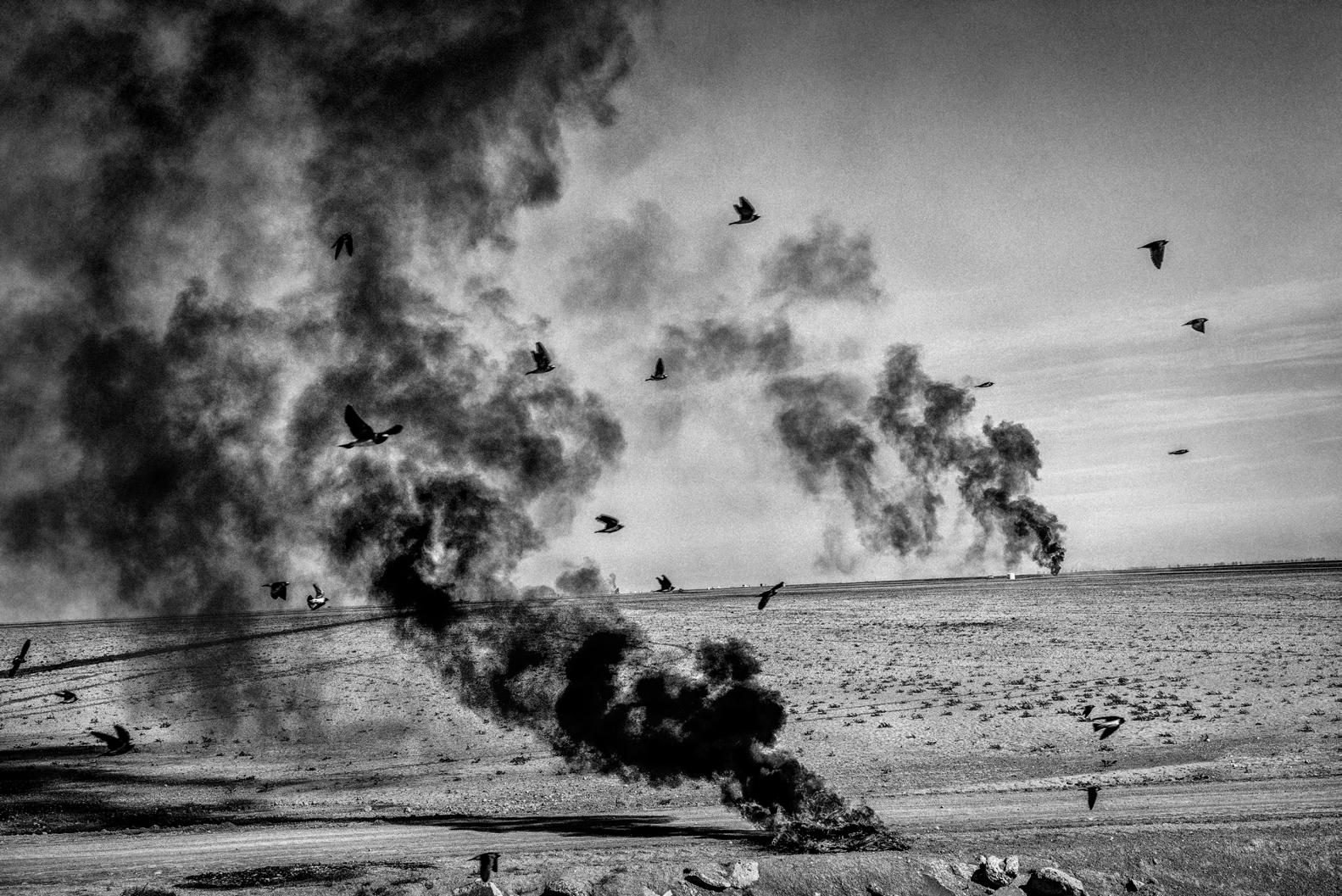





Lookingatthe photograph attheendofthis guide(orthe photographyouhave pasted): -describetheimage, -identifyeach oftheelements below.
• Informational content
What does the image tell you? ( who? context, details, angle, point of view? background and foreground?)
• Aesthetic elements
How does the image make you feel? (emotions are associated with certain techniques, such as dramatization by light)
• Iconic or symbolic components (cultural references and tone that allow the interpretation of an image)
• “Source” data credit, copyright, distribution channel
• Caption date, place, identification of the people represented, and a brief context.
The scene can be manipulated at the time of the shoot without the reader’s knowledge. Is the scene or portrait staged? Does this matter? What is not in the frame? What is the photograph’s point of view? What might that perspective have hidden from view?
Content can be changed after shooting (retouching, cropping)
Context can be falsified (date, circumstances)
• We see hundreds of images on a daily basis--take a moment to carefully look at the photograph. What do you notice that you might not at first glance?
• Who is the author?
What media published it?
• Check the context, the caption and the original publication
• Has it been altered (cut, cropped)?
Video can be edited to distort its content (an excerpt can be misleading)
RESOURCE # 11
Deep fakes are very realistic fusions of two videos through the use of artificial intelligence
A photograph is a moment in time. Why was this image the one published? Think about what may have happened before and after the photograph was taken. Why was that moment/image used to tell the story?
• Does it appear on several sites, including reliable or legitimate sites? (Often a hoax is referenced, or flagged by social media networks such as Facebook and Instagram.)
See how to use it at the link below
RESOURCE # 12
Deep fakes appear so real it is often difficult to tell if they are fake.
Yet, subtle movements and some details are hard to reproduce or merge, so check the hair of the person depicted, the movement of their eyes, the direction of the light, and the point between the bodies/ faces and the background.
RESOURCE # 13
Exercise:
Haveaphotographcirculateamong agroupofpersonsandhavethemnote onitwhattheynotice.
RESOURCE # 14

Fallowed tomato field outside the town of Corcoran. 2014 was the driest year ni California’s recorded history. The State’s vast central valley is one of the richest farming regions in the world and grows about half of all US produce, but the record drought has caused billions of dollars in lost farm revenue and pushed agricultural communities into an economic and environmental crisis.

 PHOTO : MATT BLACK / MAGNUM PHOTOS @ MATTBLACK_BLACKMATT
PHOTO : MATT BLACK / MAGNUM PHOTOS @ MATTBLACK_BLACKMATT